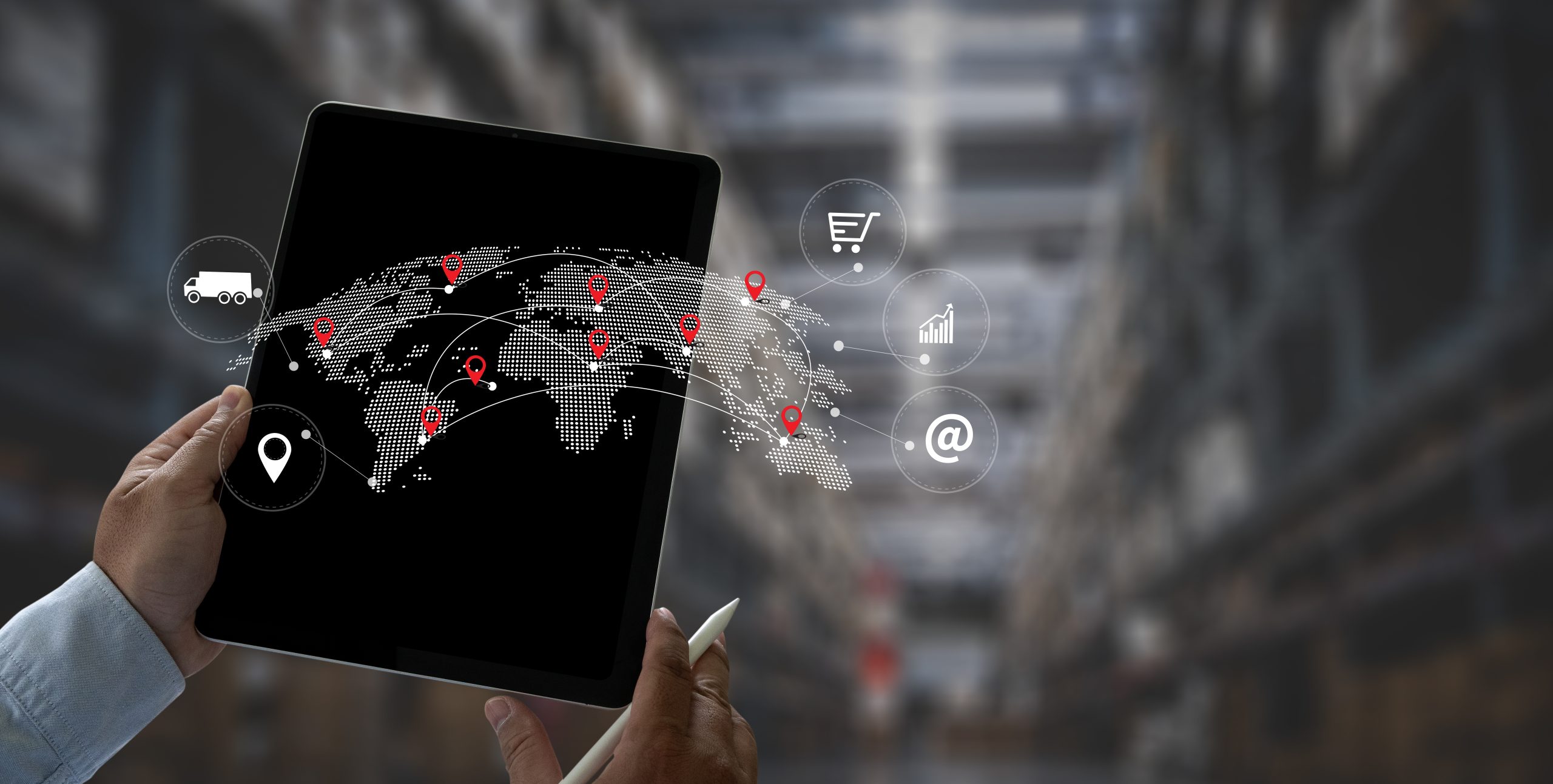Milwaukee’s Model for E-Waste Recycling
A Conversation with Laura Stevens, City of Milwaukee
The City of Milwaukee has long been a leader in sustainable waste management — and electronics recycling is no exception. As one of Dynamic’s long-time municipal partners, Milwaukee continues to expand access and education for residents while balancing the complexity of evolving e-waste.
Casey Hines sat down with Laura Stevens, Resource Recovery Program Manager for the City of Milwaukee, to talk about the city’s approach, its biggest challenges, and what other communities can learn from their experience.
You don’t have to be a big city to make progress. Start with partnerships, share resources, and build education together.
Q: Can you tell us about your role and how electronics recycling fits into your work?
Absolutely. I administer the City of Milwaukee’s recycling program, which includes single-stream recycling and two year-round drop-off centers. Those centers give residents a convenient way to responsibly recycle electronics — a key part of our waste diversion efforts.
Q: Why is electronics recycling so important for a city like Milwaukee?
Our goal is to divert as many materials from the landfill as possible, and electronics are a growing part of our waste stream. They’re also more complex than they used to be — it’s not just TVs anymore. Providing residents with quick and easy access to electronics recycling helps us keep these materials out of landfills and ensures they’re handled safely.
Q: What challenges were you facing when you first stepped into your role?
Education is one of the biggest hurdles for any community. Residents need to know what can be recycled and where to take it. Even though we have two drop-off centers open year-round, it takes ongoing communication to make sure people use them.
Another challenge is that many residents hang on to their old electronics — phones, radios, TVs — simply because they don’t know what to do with them. We want people to know they don’t have to keep those items tucked away; there are safe, convenient options to recycle them.
Q: From your perspective, what makes electronics recycling more complex than other materials?
Electronics are unique because there’s such a wide range of items — from radios and TVs to printers and monitors. Staff need specialized training to identify, sort, and handle materials properly, especially with batteries being such a major concern now.
Thanks to Dynamic’s expertise, our teams always know how to categorize items correctly and manage materials safely. It’s not as simple as “grass clippings go here” — but it’s rewarding work when you see the difference it makes.
Q: What do you look for in a recycling partner?
Knowledge and reliability. There’s so much information for cities to manage, and we can’t be experts in every area. Having a partner like Dynamic, who can quickly answer questions about materials, regulations, or logistics, is invaluable.
We also appreciate convenience. Our drop-off centers have limited space, so Dynamic’s ability to swap full trailers efficiently helps us keep operations running smoothly without needing extra storage.
Q: Have there been any unexpected benefits to Milwaukee’s recycling program?
One that people might not realize is that our recycling operations are self-hauled by City of Milwaukee employees. Our own drivers and staff manage curbside routes and drop-off centers. That’s powerful because it keeps our teams connected to the communities they serve.
It also allows us to continuously learn from residents and adjust how we communicate recycling options. Having that direct feedback loop helps us strengthen and adapt our programs over time.
Q: What advice would you give to other communities looking to expand or start an electronics recycling program?
Not every community has a permanent drop-off site, and that’s okay — there are still ways to make progress. I’d encourage cities to collaborate regionally, share resources, and co-host events. Partnerships can go a long way toward building consistent education and expanding access for residents.
Q: Looking ahead, what’s your vision for the future of electronics recycling in Milwaukee?
My hope is that we continue to expand access and adapt our program as new devices enter the market. The goal is simple: keep recycling convenient, safe, and responsive to how people live and work today.
Milwaukee’s success story highlights how collaboration and commitment can drive real environmental impact. By pairing community education with reliable infrastructure and partnerships, the city continues to lead the way toward a more sustainable future.
For more on the conversation, listen to the podcast now.
Related Resources










